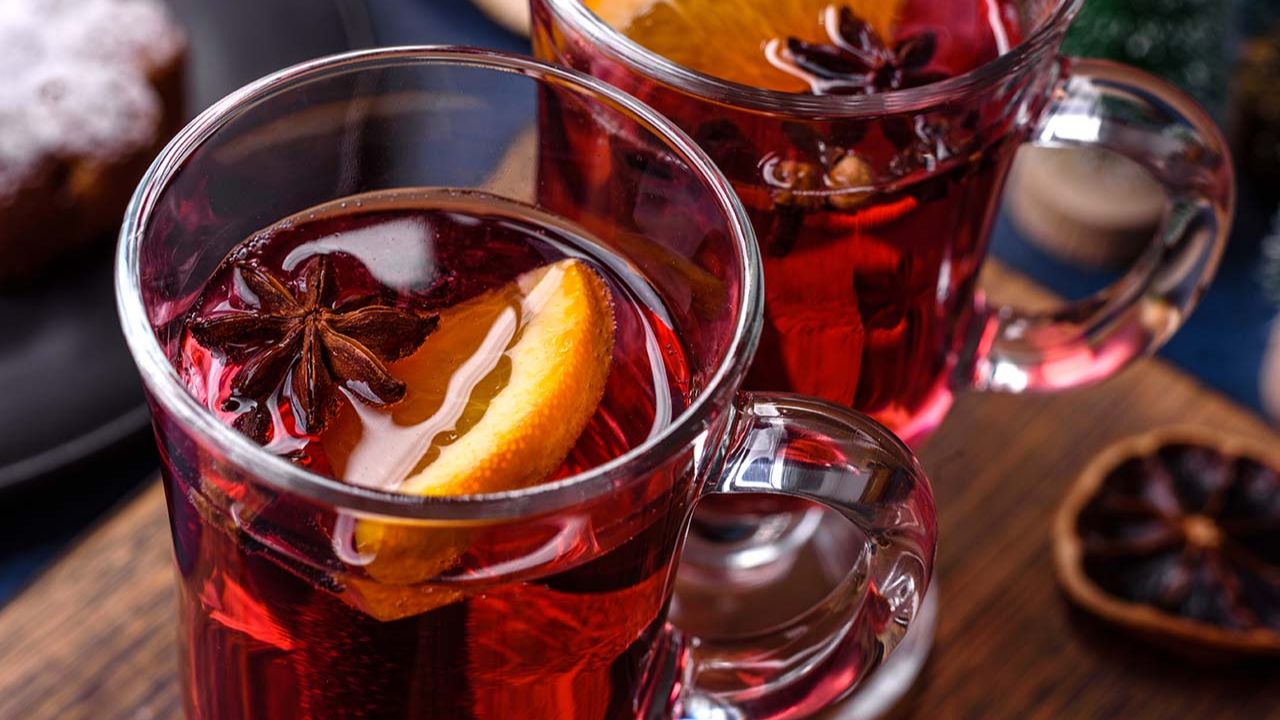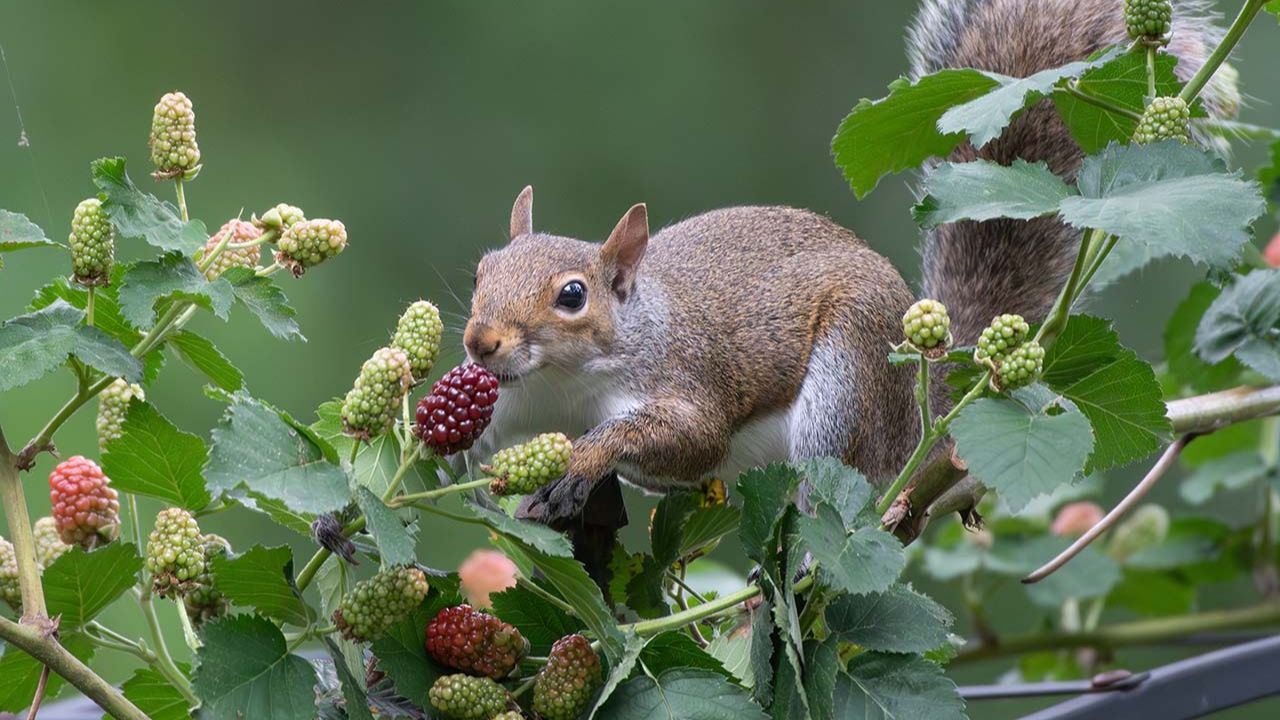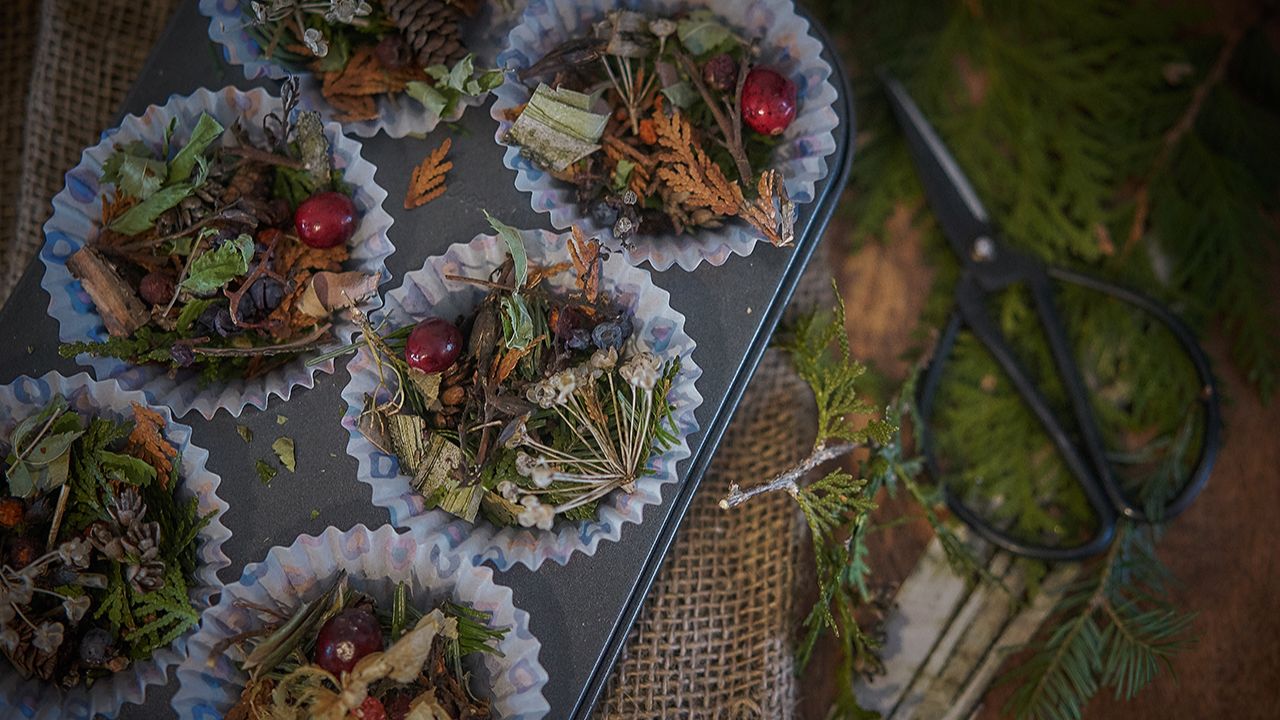
Herb Notes: The Benefits of Chickweed
Chickweed (Stellaria media) is often one of the first signs of spring: this springtime green sprouts up as temperatures increase, beckoning us all to celebrate the arrival of the new season. Often dismissed as a "common weed," the chickweed plant's growth comes at just the right time—it offers many healing gifts that can support our bodies during the transition from winter to spring.
Let's dive into 3 key benefits of chickweed...
1. Chickweed for Skin Health
Chickweed is cooling and moistening. A topical poultice with fresh chickweed leaves or a chickweed salve can soothe bug bites, itchy rashes, and mild inflammatory skin conditions like eczema. To make a poultice, use a mortar and pestle to bruise and mash a small handful of aerial parts of chickweed. Then apply this poultice externally to the irritated skin for about 15 minutes.
2. Chickweed for Immune Support
Chickweed is a lymphatic herb that can help gently address lymphatic stagnation. As a demulcent herb, chickweed can also help address dry, irritated conditions within the body, including a dry cough or sore throat. Chickweed particularly excels at addressing a dry cough or sore throat in the form of a cup of chickweed tea.
3. Chickweed for Nutritional Support
Chickweed is a nutrient-dense herb that can help support healthy digestion and overall vitality. This edible plant can be enjoyed as a salad green, a pesto, and tasty addition to any meal you fancy—even a grilled cheese! Since chickweed typically grows as a "weed," it is commonly wildcrafted or picked between garden rows. When harvesting this wild plant, be sure to harvest from a space that you're sure hasn't been polluted. It’s also important that you properly identify chickweed.
Chickweed Contraindications
Saponins are one of the key constituents in chickweed. Due to chickweed's saponin content, excessive intake of chickweed can cause digestive upset.
Chickweed is commonly enjoyed abundantly as a salad green, so "excessive intake" is generally considered an extremely large amount of chickweed. As herbalist Rosalee de la Forêt writes in her Chickweed Monograph on HerbMentor, "As with any herb, start slowly with chickweed until you see how your body reacts."1
Want to Learn More About Other Common Herbs' Benefits?
Now that you've learned a little bit about the health benefits of chickweed, you might be wondering how you can learn more about the medicinal properties of other common plants.
Well, here’s the easy way to get more info about some of our favorite herbs: download a FREE deck of our top 12 Herb Notes here. You’ll learn all about the medicinal properties of common herbs like elderberry, dandelion, and more.
Here are a few frequently asked questions about chickweed and its medicinal properties...
Where is chickweed native to?
While this wild herb is native to Europe, it is has spread beyond Europe and has naturalized in North America.
Can chickweed help with skin ailments?
Yes, as I mentioned above, chickweed is fantastic herbal ally for common skin issues like insect bites and inflamed skin due to eczema and other mild rashes.
Does chickweed need to be consumed a fresh herb?
Chickweed is generally considered most potent as a fresh herb. It has a high water content, and the juicy, demulcent quality of chickweed is best enjoyed fresh. If you do dry your chickweed, it rapidly loses its potency, so use it up within a few weeks of drying.
What can I make with chickweed?
In addition to the salad, pesto, and grilled cheese I mentioned above, there are so many other delicious recipes you can make with this common plant. Chickweed's mild taste lends itself well to a variety of dishes and condiments. I particularly enjoy an herbal vinegar with chickweed (chickweed infused in apple cider vinegar). I also like to sauté chickweed and pair it with spicy mustard greens for a little more kick.










